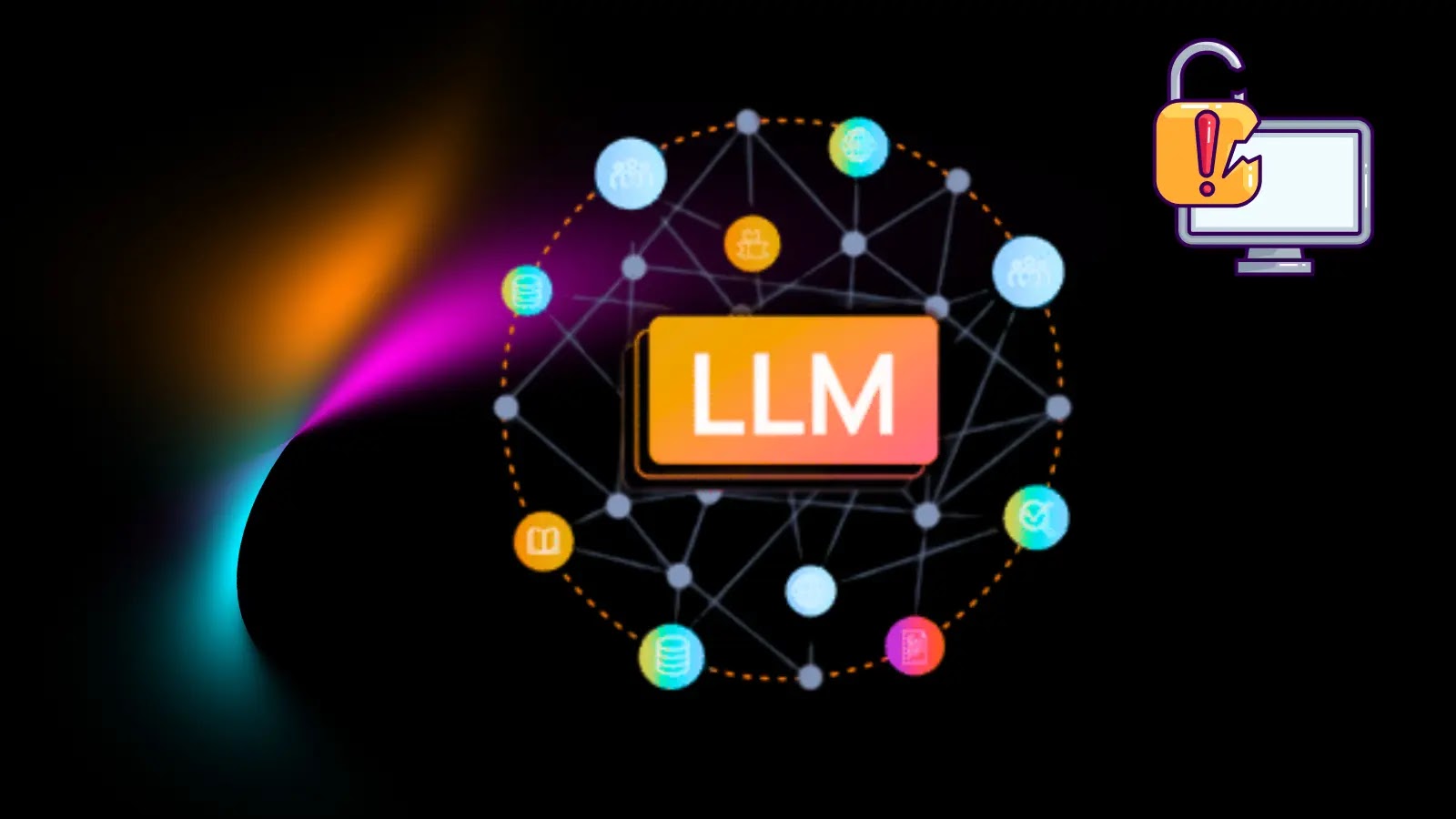
New Research With PoC Explains Security Nightmares On Coding Using LLMs
The promise of Large Language Models (LLMs) revolutionizing code generation is undeniable. Developers are increasingly leveraging AI assistants to accelerate workflows, a practice often dubbed “vibe coding.” However, new research casts a stark shadow on this perceived efficiency: code generated by LLMs, while functional, frequently prioritizes expediency over security, baking critical vulnerabilities directly into production applications. This isn’t just theoretical; researchers have demonstrated proof-of-concept (PoC) exploits using simple curl commands, revealing how easily these LLM-introduced flaws can be weaponized.
The Illusion of Secure Code Generation
LLMs excel at producing syntactically correct and functionally sound code snippets at remarkable speed. This capability, however, masks a fundamental oversight: the models are optimized for direct problem-solving and immediate functionality, not for anticipating potential adversarial actions or adhering to secure coding principles. The result is code that might ‘work’ but is riddled with common security anti-patterns, paving the way for injection flaws, improper error handling, and logical vulnerabilities.
Prioritizing Functionality Over Fortification
The core issue highlighted by the research is the LLM’s inherent bias towards functionality. When prompted to generate code for a specific task, the model’s primary objective is to fulfill that task efficiently. Security considerations, such as input validation, output encoding, least privilege, or robust error handling, often take a back seat. This leads to common pitfalls such as:
- Insecure Direct Object References (IDOR): LLMs might generate code that exposes sensitive data through predictable object IDs, allowing unauthorized access with trivial manipulation.
- Cross-Site Scripting (XSS): Lack of proper output encoding in LLM-generated front-end code can introduce XSS vulnerabilities, enabling attacker-controlled scripts to execute in users’ browsers.
- Injection Flaws (SQLi, Command Injection): Without explicit security directives, LLMs can produce code vulnerable to various injection attacks, failing to sanitize or validate user input before executing database queries or system commands. Imagine an LLM generating a command-line script that executes user-supplied input directly, potentially leading to CVE-2022-XXXXX (placeholder for a hypothetical command injection CVE).
- Insecure Default Configurations: LLMs might suggest or implement default configurations that are not secure by design, opening up unnecessary ports or using weak authentication mechanisms.
The Proof-of-Concept Reality
The research isn’t merely theoretical; it includes practical proof-of-concept exploits. These demonstrations underscore the ease with which vulnerabilities injected by LLM-generated code can be exploited. Simple curl commands, often the first tool in an attacker’s arsenal, were sufficient to trigger and confirm the presence of these security flaws. This direct exploitability elevates the concern from a theoretical risk to a clear and present danger for organizations relying heavily on LLM-assisted development.
Remediation Actions
Mitigating the security risks associated with LLM-generated code requires a multi-faceted approach, emphasizing human oversight, systematic security reviews, and defensive coding practices.
- Human-in-the-Loop Review: Never deploy LLM-generated code without thorough manual review by experienced developers and security professionals. This review should specifically focus on security implications, not just functional correctness.
- Static Application Security Testing (SAST): Integrate SAST tools into your CI/CD pipeline to automatically scan LLM-generated code for common vulnerabilities. These tools can identify known patterns of insecure code.
- Dynamic Application Security Testing (DAST): Utilize DAST tools to test the running application for vulnerabilities introduced by LLM-generated code. DAST can detect runtime flaws that SAST might miss.
- Security-Aware Prompt Engineering: When using LLMs for code generation, explicitly include security requirements in your prompts. For example, instruct the LLM to “generate Python code for input validation that prevents SQL injection and XSS,” or “ensure all API endpoints require robust authentication and authorization.”
- Security Training: Educate developers on secure coding principles and the specific risks associated with LLM-generated code. Foster a culture where security is a shared responsibility.
- Utilize Security-Hardened Libraries: Whenever possible, favor well-vetted, security-hardened libraries and frameworks over custom LLM-generated code for critical security functions.
- Penetration Testing: Regular penetration testing by independent security teams can uncover vulnerabilities missed by automated tools and internal reviews. These tests should simulate real-world attack scenarios.
Tools for Detection and Mitigation
Leveraging the right tools is crucial for identifying and addressing security vulnerabilities in LLM-generated code.
| Tool Name | Purpose | Link |
|---|---|---|
| SonarQube | Comprehensive SAST platform for continuous code quality and security analysis. | https://www.sonarqube.org/ |
| Checkmarx SCA | Software Composition Analysis to find vulnerabilities in open-source components used by LLM-generated code. | https://www.checkmarx.com/products/software-composition-analysis-sca/ |
| OWASP ZAP (Zed Attack Proxy) | Free and open-source DAST tool for finding vulnerabilities in web applications. Ideal for dynamic testing of LLM-generated web code. | https://www.zaproxy.org/ |
| Burp Suite Professional | Leading DAST tool for web application security testing. Offers advanced capabilities for manual and automated vulnerability discovery. | https://portswigger.net/burp |
| Semgrep | Fast, open-source static analysis tool for finding bugs, enforcing code standards, and protecting against supply chain attacks. | https://semgrep.dev/ |
Conclusion
The integration of LLMs into the software development lifecycle offers undeniable benefits in terms of speed and efficiency. However, the latest research serves as a critical warning: the perceived ease of “vibe coding” with AI assistants can inadvertently embed significant security vulnerabilities into critical applications. These LLM-generated security flaws are not theoretical; they are exploitable with minimal effort, posing a tangible risk. Organizations must recalibrate their development strategies to include stringent security reviews, robust testing, and proactive threat modeling when working with LLM-generated code. The future of secure software development demands
a symbiotic relationship between AI automation and diligent human oversight, ensuring that the pursuit of speed does not compromise the imperative of security.





